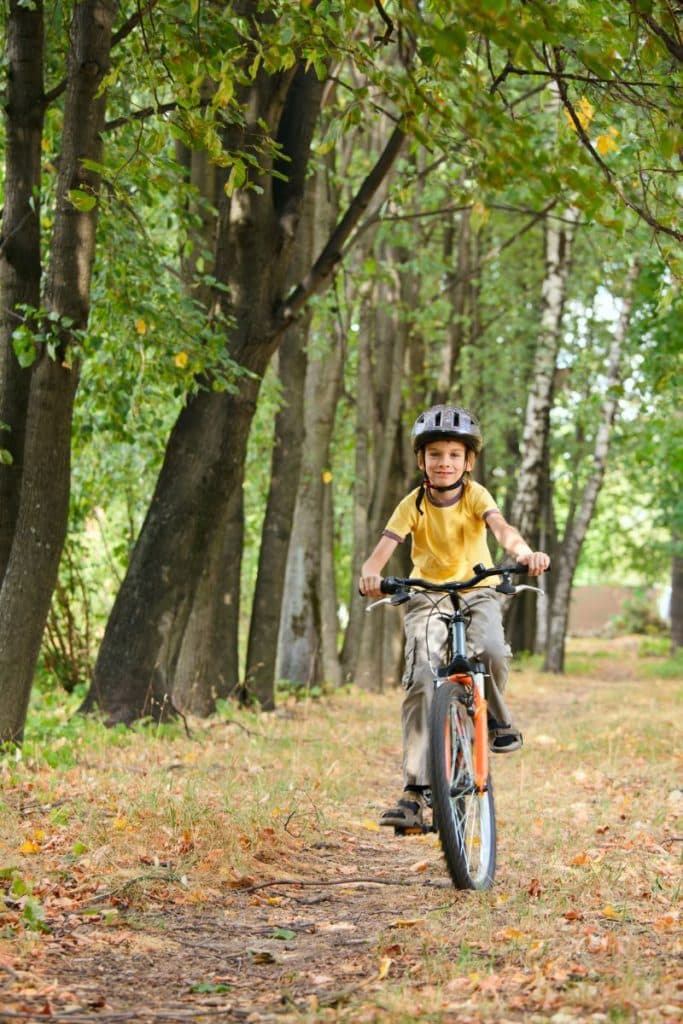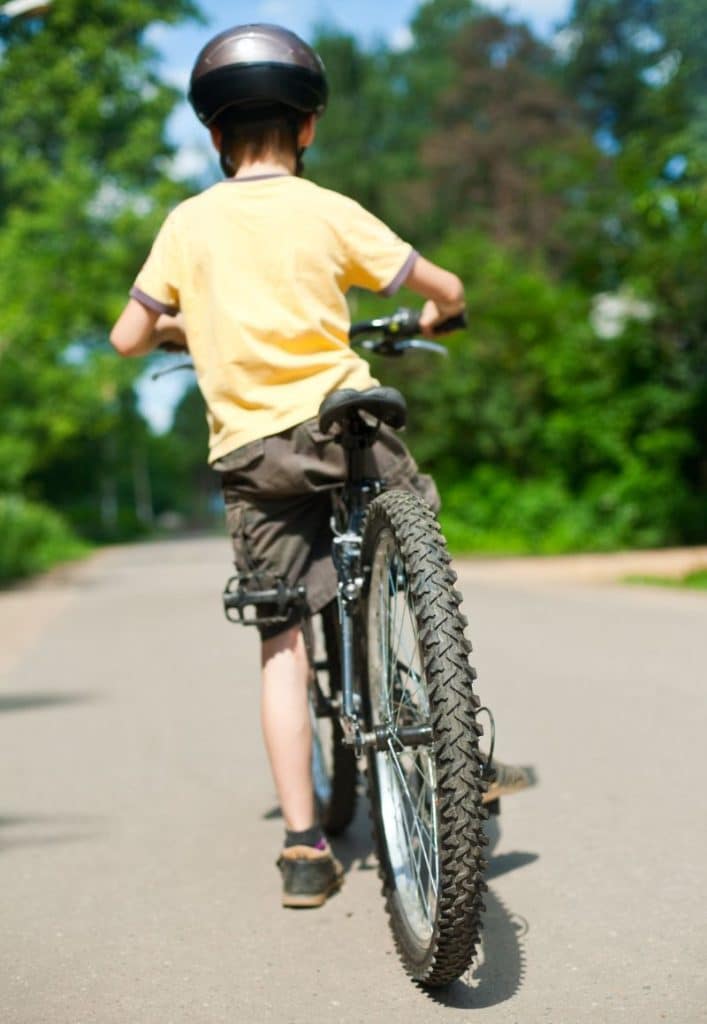Bicycling is not just an excellent way for children to get their recommended daily physical activity, it also teaches them independence, coordination, and confidence. But with these newfound freedoms come essential responsibilities – a crucial one being safety. Teaching your kids about bicycle safety is just as important as teaching them how to ride a bike. This process might seem overwhelming, but this guide will take you through six essential bicycle safety tips that every child should learn. These tips are simple and easy to understand, ensuring your child’s biking adventures are not only fun but safe as well.

1. Situational Awareness
Children must be aware of their surroundings at all times. This includes looking out for cars, pedestrians, and other cyclists, as well as road conditions that might cause accidents. Teach your children to stay in the bike lane or on the sidewalk, and to always look both ways before crossing a road. Remind them that they should never ride their bikes without an adult’s permission and supervision. Moreover, you might also want to consult with a bicycle accident attorney to understand the legal rights and obligations around cycling in your city or state. More importantly, establishes the importance of situational awareness, as it is a crucial aspect of bicycle safety.
2. Helmet Use
The first and potentially most important rule is always to wear a helmet. It should fit snugly, covering the forehead without tipping back. It’s the best defense against head injuries. Teach your child to always wear a helmet when riding a bike, and explain why it’s essential. Make sure they understand that wearing a helmet can save their life in case of an accident. In the event of a crash, replace the helmet as it may have sustained damage and might not provide adequate protection. More importantly, the helmet you were wearing during the incident is admissible as evidence in a court of law, which means it may affect any legal proceedings if necessary.
3. Proper Bike Size and Condition
Ensure that the bike is the right size for your child and it’s in good working order. The child should be able to touch the ground with their feet when sitting on the saddle. Regularly inspect the brakes and tires. Look out for any loose screws or parts that might cause an accident. Proper bike maintenance will help prevent unexpected injuries and extend the life of the bike. Even if your child has outgrown their current bike, resist the temptation to let them ride a bigger one. It’s better to invest in a new bike that fits correctly than risk an accident caused by an ill-fitting one.
4. Visibility
Teach your children to make themselves visible to others. They should wear brightly colored clothing during the day, and at night, they should have reflectors on both their bike and clothing. Explain that the reflectors help drivers see them, reducing the risk of accidents. You can also consider adding lights to their bike for added visibility in low-light conditions. On busy roads or intersections, encourage your child to make eye contact with drivers before crossing to ensure they are seen. Most bike accidents occur due to drivers not seeing cyclists, so it’s crucial to make sure your child is visible at all times.
5. Road Rules
Kids should understand and follow the rules of the road. These include riding on the right side of the road, using hand signals when turning and obeying traffic lights and signs. Teach them to be courteous and respectful to other cyclists, pedestrians, and drivers on the road. Additionally, explain the importance of not weaving in between cars or riding too close to parked vehicles. It’s also essential to teach your child about potential hazards such as potholes, debris, and uneven surfaces. For added safety, consider enrolling your child in a bike riding course where they can learn road rules and practice safe cycling.

6. Safe Riding Areas
Lastly, encourage your child to ride in safe areas such as parks and bike paths, away from traffic. If they must ride on the road, they should choose routes with less traffic and slower speeds. Be sure to also teach them to avoid busy intersections and areas with heavy construction or roadwork. When riding in groups, remind your child to stay together and follow the group leader’s instructions. Furthermore, it’s vital to discuss potential dangers and what your child should do in case of an emergency. By teaching your child where and how to ride safely, you’ll give them the knowledge and confidence to enjoy biking while minimizing the risk of accidents.
In conclusion, teaching your child about bicycle safety is crucial for their well-being and enjoyment while riding. By following these six essential tips – situational awareness, helmet use, proper bike size and condition, visibility, road rules, and safe riding areas – you can help ensure that your child’s biking adventures are both fun and safe. Additionally, make sure to lead by example and always practice these safety tips yourself when riding with your child. With proper knowledge and precautions, you can give your child the gift of a lifetime of safe biking experiences.
